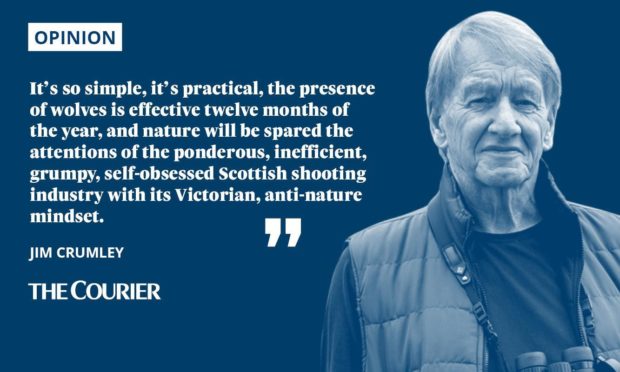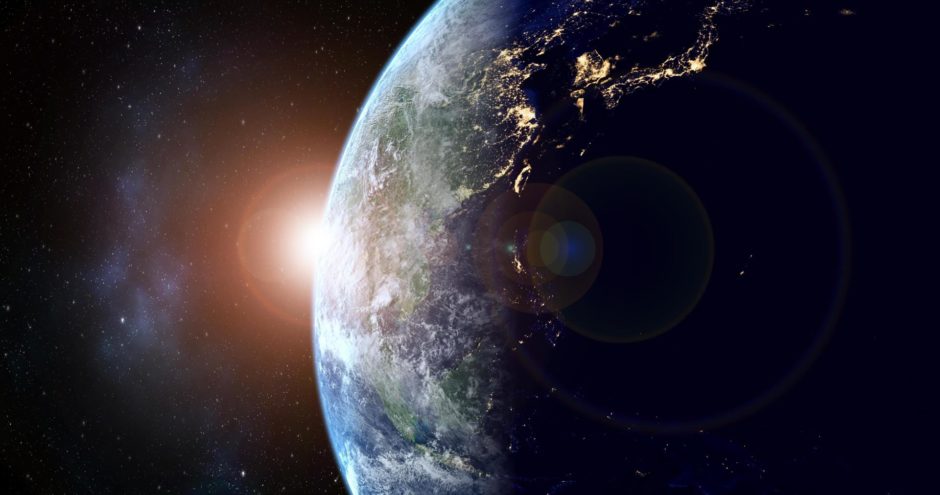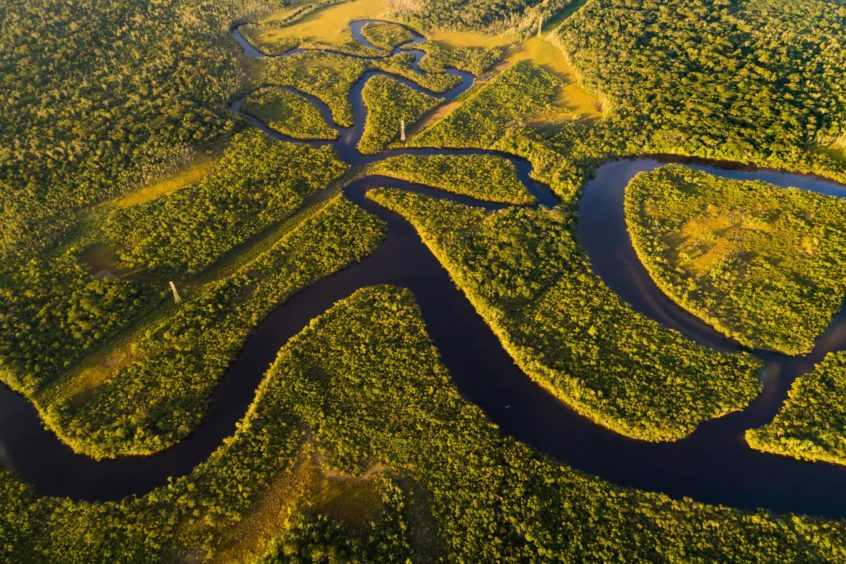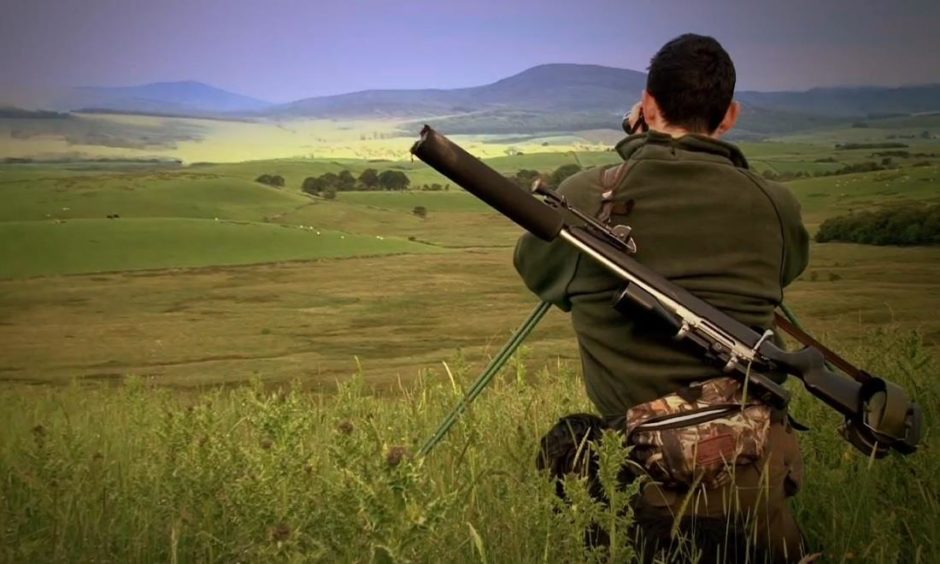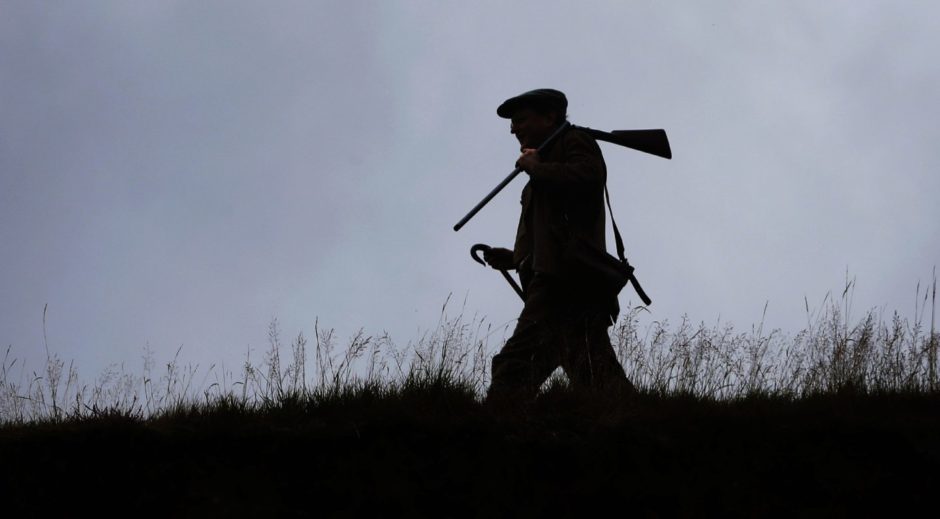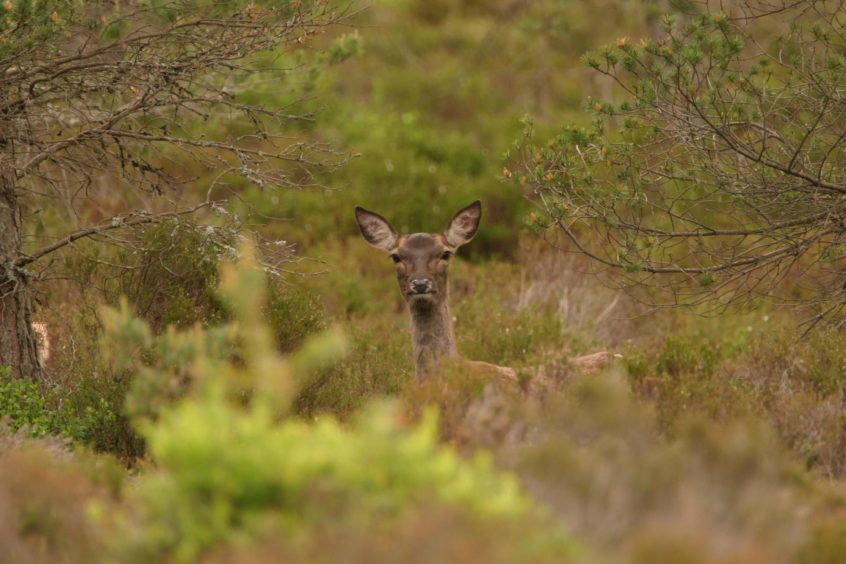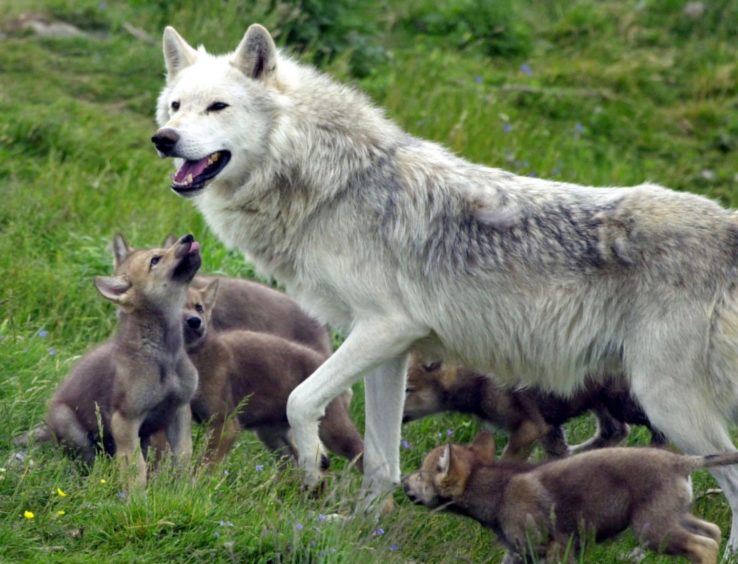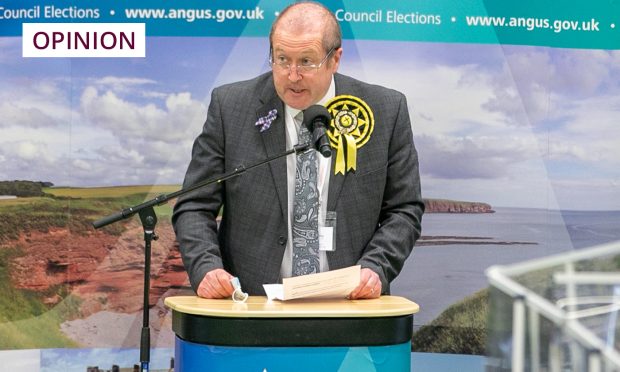The day after tomorrow is Earth Day.
Part of me thinks that an annual day-long event that embraces all the continents is a remarkable thing. The other part of me thinks that every day should be Earth Day.
The theme of Earth Day 2021 is Restore the Earth. What does that mean?
Permit me to call your attention to two newspaper stories from the past week, one from a London national and the other one from this very newspaper.
The first story reports the findings of a new study by the Key Biodiversity Areas Secretariat which lives in the David Attenborough Building at Cambridge University.
Its eye-watering headline conclusion is that only three per cent of all the land in the world is ecologically intact, meaning that healthy populations of all its native animals live in undisturbed habitat.
Three per cent. Scraps of tropical forests in the Amazon region and the Congo, tundra in Siberia and Canada, bits of the Sahara. That kind of thing.
One of the solutions involves helping nature to help itself by reintroducing key species whose very presence has a healing effect on damaged biodiversity.
Examples include elephants and wolves, which, the study suggests, could help to restore up to twenty per cent of the Earth’s ecologically broken land.
Elephants create clearings and spread seeds. Wolves control deer and elk. Which bring us neatly to the second newspaper.
Last Thursday’s front page headline in The Courier read: “Deer population could be halved under new plans”.
The next Scottish Government will introduce legislation to increase NatureScot’s powers in the matter of deer culling, and that the scale of what is contemplated is finally commensurate with the scale of the problem. I wonder.
The simple solution is the one that the notoriously timid NatureScot dare not contemplate. Let nature do the job. Reintroduce wolves.
It’s so simple, it’s practical, the presence of wolves is effective twelve months of the year, and nature will be spared the attentions of the ponderous, inefficient, grumpy, self-obsessed Scottish shooting industry with its Victorian, anti-nature mindset .
Wildlife management should be nature’s job. Nature’s method for the wellbeing of deer and everything else wild and free in a northern hemisphere country like Scotland is wolves.
Instead, from the landowners’ and gamekeepers’ organisations to NatureScot to the Association of Deer Management Groups and Forest Enterprise, the entire process is bureaucrat-heavy and laden with prejudice aimed at propping up the three sacred cows of Scottish land management – deer forest and grouse moor and commercial forestry.
Nature is so far down the list of their priorities that its wellbeing simply gets shouted down. The Deer Working Group’s 99 recommendations to the Scottish Government have produced this official response:
“The Scottish Government will identify and take forward priority actions in collaboration with appropriate stakeholders.”
The very language strikes a chill in the heart.
What about nature’s needs?
Where is original vision? Where is putting nature’s needs above every other consideration? Where is the drastic overhaul of Scotland’s approach to legislating for nature and the environment?
Where are the new forests of native trees, the expansion and restoration of old native woodlands? Where is the expansion and restoration and recreation of every native habitat?
Where is the commitment to reinstate our lost creatures, creatures obliterated by the human mindset that still characterises the very “appropriate stakeholders” that deliberately oppose the very idea of a land that is “ecologically intact” to use the Cambridge study’s phrase?
Where are the wolves?
Should our ambition for an independent Scotland rooted in Europe be to align with those nations determined to propel that woeful three per cent figure up to twenty per cent and beyond?
Or will the same old bureaucracies and the same old land-owning system drag Scotland ever deeper into the same old Victorian quagmire with the same old justification that it’s good for the rural economy.
Elephants won’t help us in Scotland, but wolves will. And so will a vigorous wind of change that blasts the status quo apart and prepares the ground for a department of the natural environment staffed by forward-thinkers that transform Scotland into a landscape dedicated to natural solutions and natural outcomes.
Let wildlife manage wildlife
No more burning the land and feeding medicine to grouse, no more treating the land as the plaything of privilege, no more cliques that get to decide which animals can live and which can be shot, trapped, poisoned and dumped in stink-pits.
Wherever we can and as often as we can, let wildlife manage wildlife. Nature does it so much better than we do. Our job should be to remove the obstacles in nature’s path and permit it to flourish, while we watch and learn.
“For I am convinced that man has suffered in his separation from the soil and from the other living creatures of the world,” wrote Gavin Maxwell in Ring of Bright Water.
“The evolution of his intellect has outrun his needs as an animal, and as yet he must still, for security, look long on some portion of the earth as it was before he tampered with it.”
Earth Day: what a time to vow to put that philosophy into practice, to begin to heal those portions of the earth we have tampered with for so long. And every day should be Earth Day.
